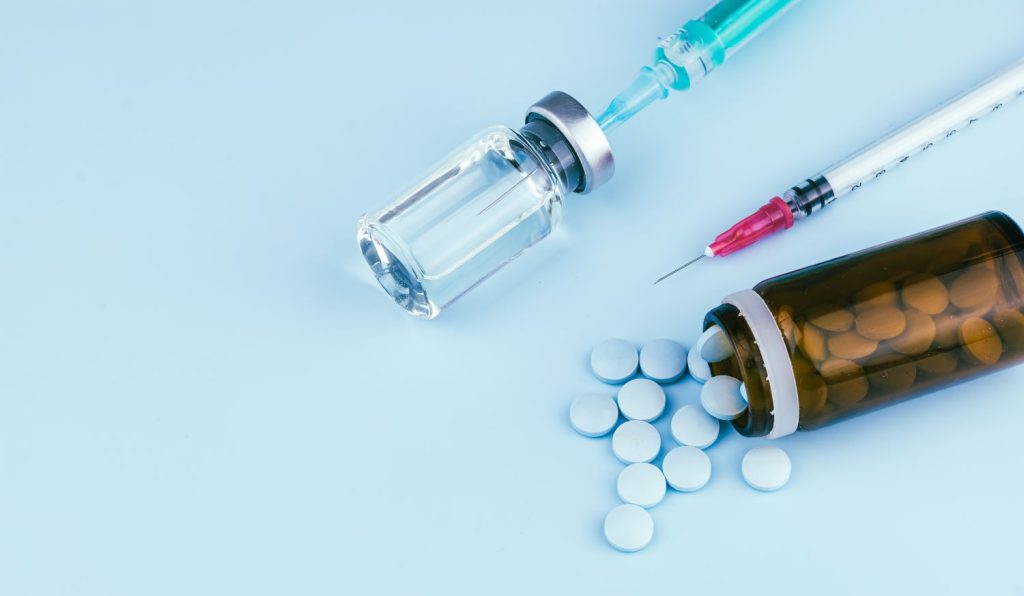Diagnosis and Treatment of Low Testosterone

The diagnosis of low testosterone is typically based on a combination of symptoms, physical exam, and laboratory testing. Blood tests can measure the amount of testosterone in the bloodstream, and levels below a certain range may indicate low testosterone.
Treatment of Low Testosterone:
Testosterone Replacement Therapy (TRT)
Testosterone replacement therapy is the most common treatment for low testosterone levels. TRT can be administered via injection, topical gel or cream, or patch. The goal of TRT is to bring testosterone levels back to normal, which can help to alleviate symptoms and improve overall health.
Lifestyle Changes
Making certain lifestyle changes can also help to increase testosterone levels naturally. Exercise and weight loss can help to increase testosterone production, and a healthy diet can provide the necessary nutrients for optimal testosterone production.
Medications
In some cases, medications may be prescribed to help increase testosterone levels. Certain prescription medications can help stimulate testosterone production in men with low levels.
